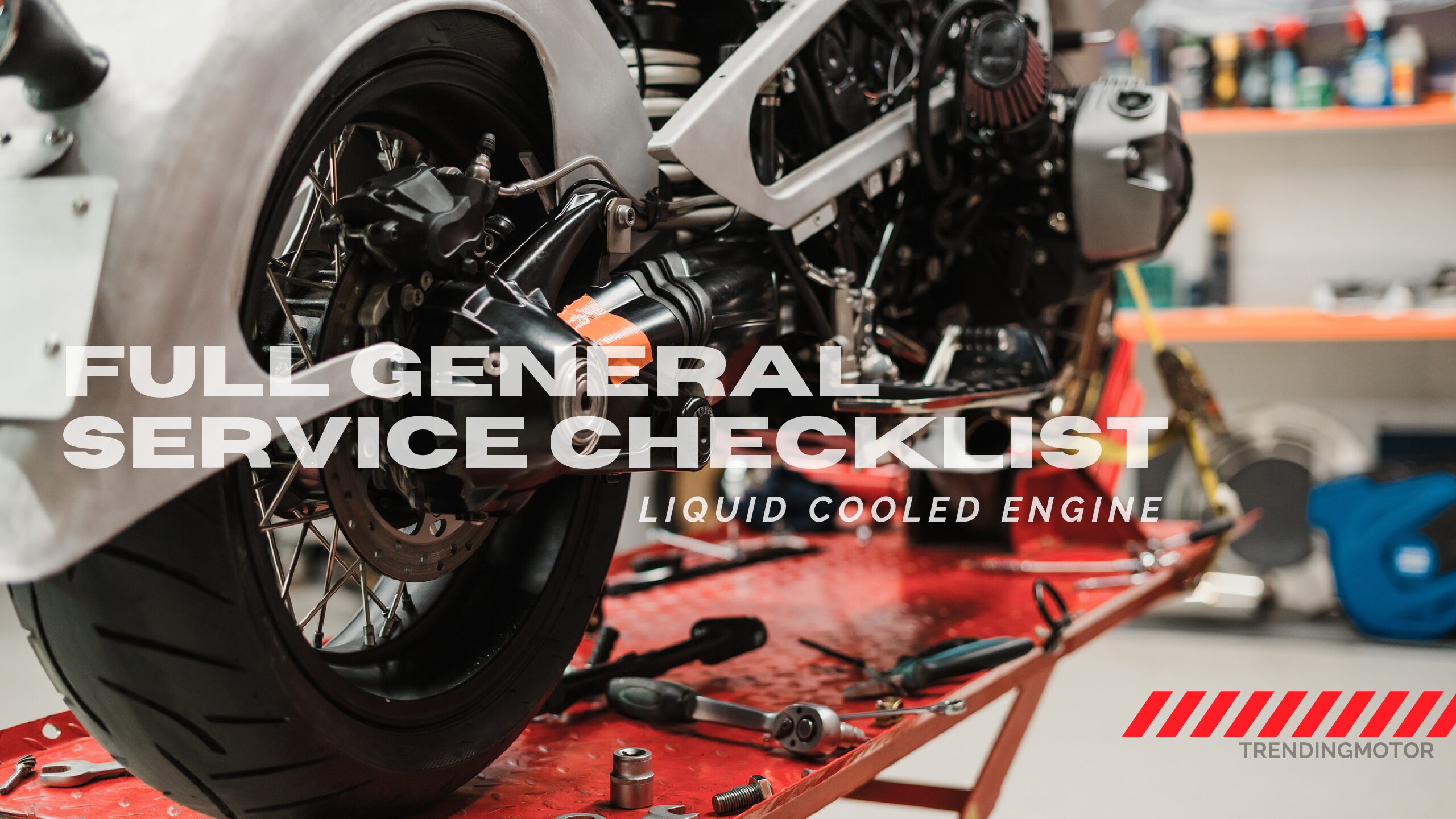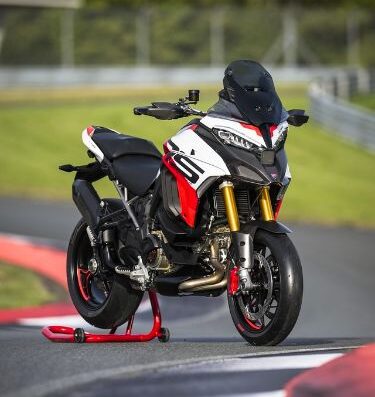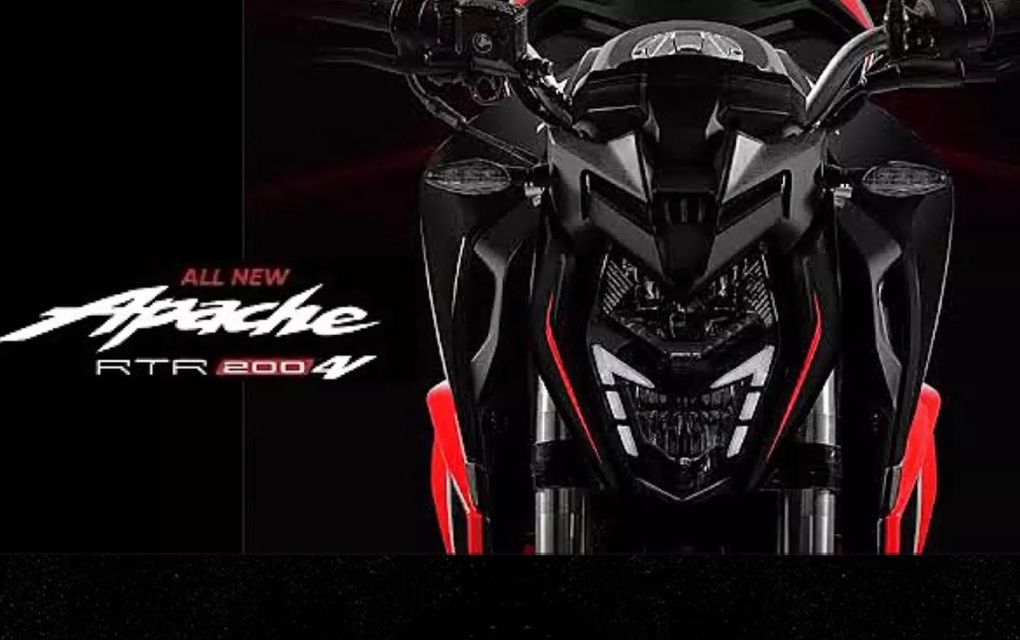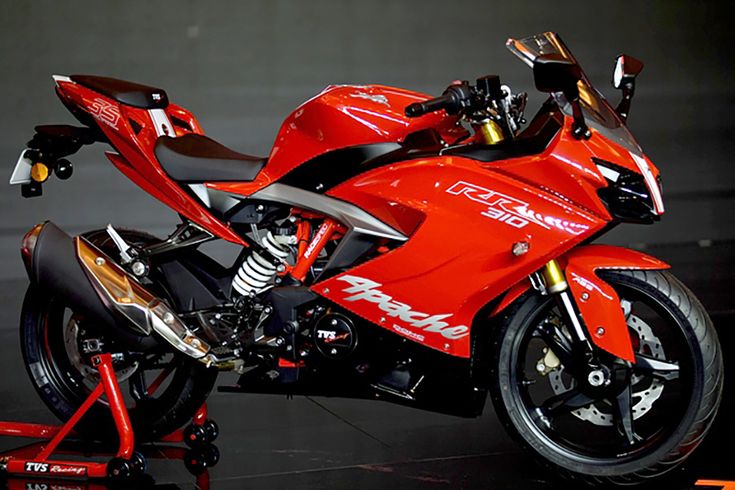If you ride a liquid-cooled motorbike, you already know the importance of smooth engine performance and proper temperature control. These bikes run cooler, perform better in traffic, and usually last longer than air-cooled engines. But like any machine, they need regular check-ups—which means getting a proper general service at the right time. Whether you’ve just bought a liquid-cooled bike or you’re planning your next service, this blog will guide you through a complete general service checklist in clear, easy-to-understand steps.
What is a Liquid-Cooled Engine?
Liquid-cooled bikes work differently from air-cooled ones. Instead of using just air and metal fins to keep the engine cool, they use a special liquid called coolant. This coolant flows through the engine, absorbs the heat, and moves it to the radiator, where it cools down—just like in most cars.
This system helps the engine stay at the right temperature, even in heavy traffic or during long rides. However, it also means there are extra parts like the coolant and radiator that need to be checked and maintained during a general service.
Full General Service Checklist for Liquid-Cooled Bikes
1. Engine Oil and Oil Filter Replacement
Why it’s important: Oil lubricates your engine, reduces wear and tear, and helps in heat control.
What to check: Change the oil at regular intervals (usually every 3,000–5,000 km or as per your manual). Replace the oil filter at the same time.
Tip: Always use the grade of oil recommended by your bike manufacturer.
2. Coolant Check and Replacement
Why it’s important: Coolant is the heart of your liquid-cooling system. Old or low coolant can overheat your engine.
What to check: Look for coolant level, color (should be bright, not rusty or brown), and signs of leakage.
When to change: Usually once every 1 to 2 years or as per the service manual.
3. Radiator Inspection and Cleaning
Why it’s important: A blocked or dirty radiator can cause overheating.
What to do:
- Clean radiator fins (gently) with air or water spray.
- Check for leaks, corrosion, or damaged pipes.
- Make sure the radiator fan is working properly.
Tip: Don’t use sharp objects to clean radiator fins—they bend easily.
4. Brake Check and Fluid Top-Up
Why it’s important: Your brakes are your lifeline. General service must include brake pads, discs, and fluid inspection.
What to check:
- Brake pad thickness.
- Condition of brake lines.
- Brake fluid level (should be clear and not dark).
When to change: Brake fluid usually needs replacement every 1–2 years.
5. Chain Lubrication and Adjustment
Why it’s important: A dry or loose chain affects smoothness, safety, and can damage sprockets.
What to do:
- Clean the chain using a chain cleaner.
- Lubricate it well.
- Adjust tension as per the recommended slack.
6. Air Filter Cleaning or Replacement
Why it’s important: A clean air filter means better fuel burning and engine health.
What to check: If your air filter is dirty or clogged, clean it or replace it.
Tip: Off-road or dusty riding conditions may require more frequent air filter service.
7. Spark Plug Inspection
Why it’s important: Spark plugs ignite the fuel-air mixture. A worn plug affects mileage and pickup.
What to check:
- Remove and inspect the spark plug.
- Replace if the tip is worn out, oily, or burnt.
- When to change: Typically every 10,000–15,000 km.
8. Battery Check
Why it’s important: Without a good battery, your electric start, lights, and fuel injection systems won’t work properly.
What to check:
- Battery voltage using a multimeter.
- Terminal condition (clean any rust or corrosion).
- Battery fluid level (for non-sealed batteries).
Tip: If your battery is over 2–3 years old, have it tested during every service.
9. Throttle and Clutch Cable Adjustment
Why it’s important: Loose or tight cables make riding uncomfortable and unsafe.
What to check:
- Smoothness of throttle and clutch levers.
- Adjust free play if needed.
- Lubricate cables if they feel tight or sticky.
10. Suspension & Fork Inspection
Why it’s important: Worn suspension affects ride comfort and control.
What to check:
- Look for oil leakage in front forks.
- Check rear shock absorber movement.
- Inspect for noise or stiffness.
How Often Should You Get a General Service?
For most liquid-cooled motorbikes, it’s a good idea to get a general service done every 3,000 to 5,000 kilometers, or every 6 months—whichever comes first. However, always check your bike’s owner’s manual, as different bikes may have slightly different service schedules.
If you ride daily in traffic, take long-distance trips often, or ride in hot weather, your bike might need more frequent check-ups. Regular servicing keeps the engine healthy, avoids overheating, and helps you catch small problems before they turn into big ones.
Conclusion
Taking care of your liquid-cooled bike with regular service is not just for better performance—it’s also for your safety, comfort, and saving money in the long run. These bikes are made to stay cooler and run more smoothly, but only if you take care of all the parts like the coolant, radiator, brakes, and chain. A well-serviced bike rides better, lasts longer, and makes you feel more confident while riding. So don’t wait for a problem to happen—follow a regular service routine, check everything on the list, and enjoy a smooth ride.



